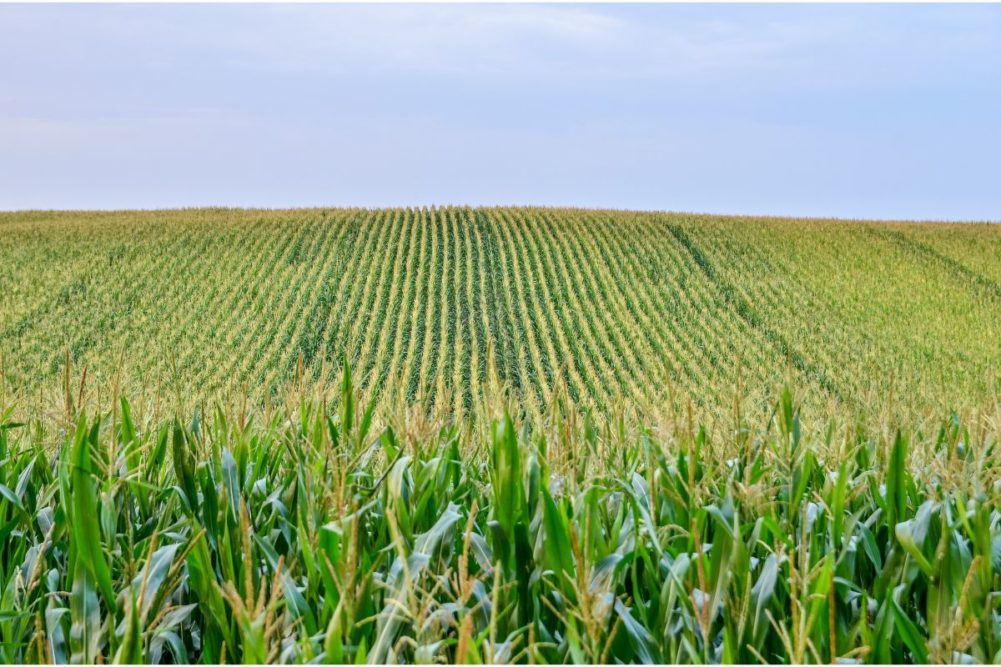WASHINGTON, DC, US — A study conducted by three university researchers has determined that the US Department of Agriculture (USDA) is the most reliable source of information on US corn plantings, yield and production.
Professors Olga Massa of Virginia Tech, Berna Karali of the University of Georgia, and Scott Irwin of the University of Illinois analyzed 80 studies on the accuracy and market impact of USDA reports involving corn. The independent study was commissioned by the National Corn Growers Association.
Among the researchers’ key findings were:
- Extensive evidence of the lack of bias and consistent accuracy in USDA yield forecasts with accuracy improving over time.
- Revisions to USDA production forecasts were sometimes positively correlated and directionally consistent, suggesting they could be smoothed. However, it is difficult to anticipate this smoothing pattern ahead of time and market participants seem to be aware of it, thus its impact is likely minimal.
- Additional sources of information, such as weather models, crop conditions and private precision agriculture data, demonstrated limited potential for improving USDA yield forecasts.
- There was a notable decline in the ability of market participants to anticipate USDA grain stock estimates for corn through 2013. These large surprises for corn grain stocks likely were due to unresolved sampling errors for corn production estimates, suggesting a need for a revision of January corn production estimate as well as a survey of corn feed use.
- Extensive evidence of WASDE reports reducing market uncertainty as measured by a drop in option implied volatility following report release. Market uncertainty in corn and soybean markets decreases not only immediately following the report release but remains low for up to five days.
- While USDA baseline corn price forecasts have large errors, they tend to perform better than futures-based alternatives. USDA’s corn Prospective Plantings, Acreage, and October Crop Production forecasts were consistently more accurate than private forecasts. The only evidence of private forecasts dominating the USDA was found for August corn production during the 1990s and early 2000s. However, the USDA has regained its advantage in August corn production forecasts since the mid-2000s.
“USDA helps uncover these market conditions for all market participants, thereby providing a level playing field for all, even though the process is sometimes bumpy,” the researchers concluded.
The study found that one of the biggest concerns is that USDA reports increase market volatility. But the researchers concluded that the volatility is not a bad thing.
“Volatility is not equivalent to uncertainty,” they said. “When we are looking at forward measures of market uncertainty, such as implied volatility from options prices, we see a drop in implied volatility following report releases, indicating a reduction of market uncertainty due to this information. Additionally, informational value tests indicate that estimates contained in USDA crop production reports often bring us closer to the final value. Thus, we can conclude that even though these reports increase volatility, they help decrease future market uncertainty. This would only be possible if USDA information was accurate and reliable. Most of the evidence confirms this argument.”
The report, ‘”What do we know about the accuracy and impact of USDA reports in the corn market?” is available at https://aaec.vt.edu/people/faculty/Isengildina_Olga/report/summary.html.





